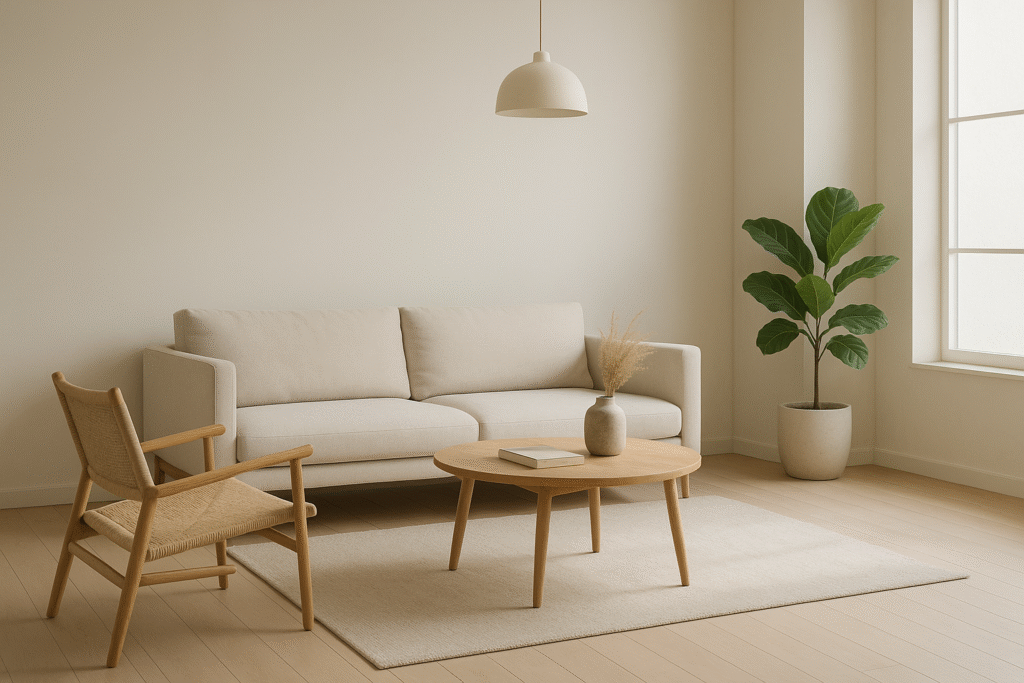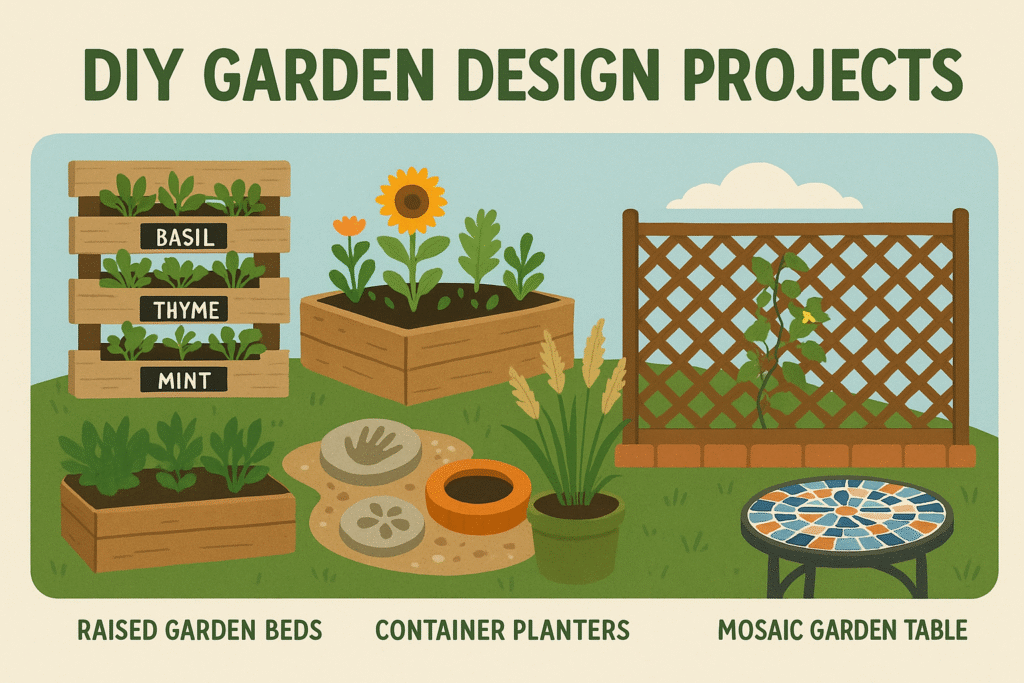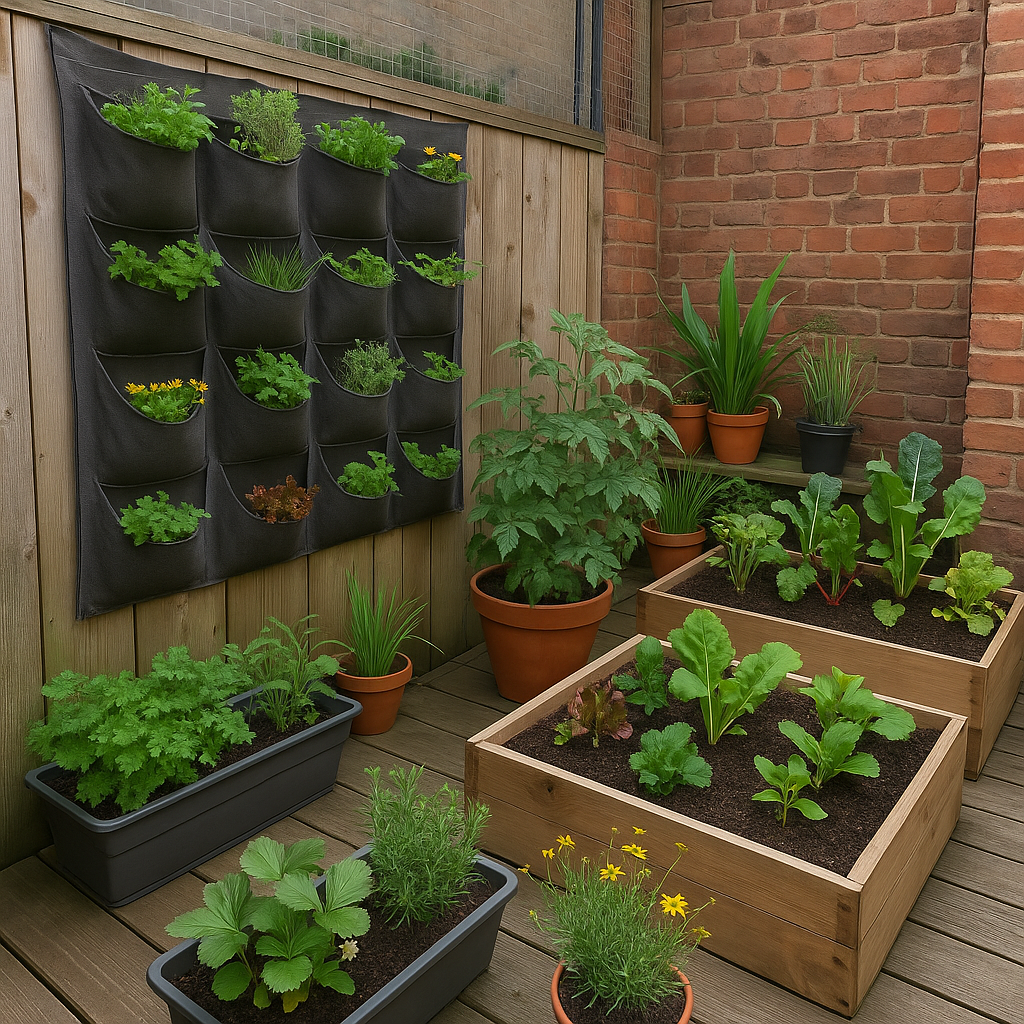Small Garden Layout Ideas: Smart Designs for Limited Spaces
Introduction: Small Space, Big Potential Think your tiny backyard or…
Introduction: Small Space, Big Potential
Think your tiny backyard or narrow side yard can’t be transformed into a beautiful garden retreat? Think again! With the right layout, even the smallest outdoor space can become a lush, relaxing haven. Whether you’re in an urban apartment or have a modest suburban plot, smart small garden design is all about intentionality, layering, and flow.
Let’s explore scientifically backed, expert-approved, and aesthetically exciting layout ideas for compact garden spaces.
- The Power of Zones: Divide & Conquer
Expert Insight: “Creating functional zones—even in small spaces—helps organize the experience of your garden and makes it feel larger,” says Dr. Elena Marquez, a landscape architect and urban green space researcher.
Design Tip:
Use low hedges, planters, or even paving patterns to separate areas such as:
A dining nook with foldable furniture
A reading corner with a hammock or lounge chair
A planting zone for herbs or vegetables
Scientific Backing:
Studies in environmental psychology show that perceived spaciousness increases when a space is mentally divided into distinct purposes.
- Go Vertical or Go Home
In a small garden, walls are your new best friends.
Ideas to try:
Trellises for climbing roses or jasmine
Hanging pots for herbs or succulents
Vertical planters made of recycled pallets or modular systems
Expert Tip:
Jane Liu, an urban garden consultant, says: “Vertical planting not only maximizes space, but also brings greenery to eye level, making the space feel immersive.”
- Optical Illusions: Design Tricks That Stretch Space
Small-space psychology in action:
Use diagonal paving patterns to lead the eye
Add mirrors (weatherproof) to reflect light and greenery
Choose light-colored surfaces to make areas feel open and airy
Fun Fact:
Mirroring and diagonal lines are used in interior design to trick the eye—and they work just as effectively in garden layouts!
- Container Gardening Mastery
Why it works:
Containers allow you to control soil quality, move plants seasonally, and experiment with layout.
Layout Strategy:
Group containers in odd numbers (3 or 5) for a natural look
Vary heights and textures: tall grasses, trailing vines, compact shrubs
Place wheeled containers to easily adjust sunlight exposure
- Circular Flow Paths for a Sense of Journey
Even in a small garden, a looped path can give the illusion of endless discovery.
Try these:
Gravel or stepping stone path circling a central planter
Meandering mulch path with surprise corner seating
Use curved edges instead of straight lines for softness
Scientific Insight:
Circular paths tap into the biophilic desire for exploration and natural patterns, making a space feel calming and engaging.
- Mini Edible Gardens: Beauty Meets Function
No space is too small for productivity.
Ideas:
Use raised beds (even one meter wide) for a square-foot garden
Interplant edibles and ornamentals (think kale with marigolds)
Grow climbers like peas or cherry tomatoes up a sunny trellis
Human Touch:
“I started with one raised box outside my kitchen window, and now we have salad every day from it. It’s addictive!” — Laura T., Chicago gardener
- Water Features: Small and Soothing
Yes, even a tiny garden can have a fountain or pond.
Design Tip:
Try a ceramic bowl fountain or solar-powered tabletop water feature
Place it where you can hear it from indoors—bonus sensory experience!
Surround with fragrant plants like lavender or mint
Science Behind It:
The sound of flowing water lowers cortisol levels, according to environmental health research.
- Multi-Functional Furniture & Features
Make every element work double-duty:
Benches with hidden storage
Fold-out tables attached to fences
Raised beds that double as seating
Human Experience:
“We built a single L-shaped bench that acts as our dinner seating, storage for tools, and a planter. It changed how we use the space.” — Erik N., Copenhagen
Conclusion: Design With Intention
Small garden layout isn’t about sacrificing features—it’s about maximizing creativity. With vertical planting, strategic zoning, and sensory elements, your outdoor nook can offer everything a large garden does—just on a more intimate, curated scale.





